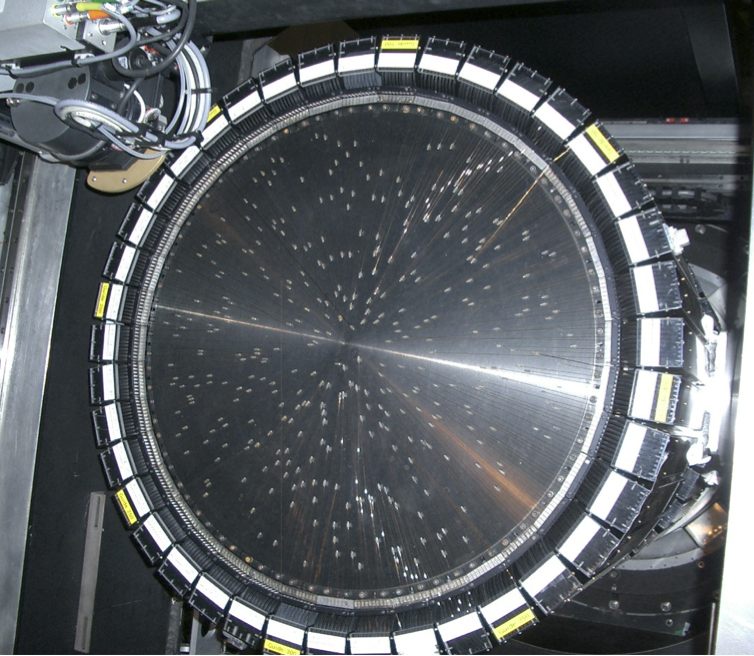
A spectacular image of the Anglo-Australian Telescope under the Milky Way Galaxy (credit: James Gilbert).
The realisation that the expansion of the Universe is not slowing down but actually speeding up was one of the most significant scientific discoveries of the last century. The discovery led to the 2011 Nobel Prize in physics. The cause of the acceleration is unknown.
The goal is to now understand the cause of the acceleration. Einstein's cosmological constant is fully consistent with current observations; however, so are several competing models that are as fundamentally different from each other as they are to the cosmological constant. Although we do not yet know which of these models, if any, will survive as datasets get larger and more precise, it is certain that in our effort to understand dark energy our understanding of the nature of space-time, gravity and the quantum vacuum will change profoundly.
As the leading source of spectroscopy for the Dark Energy Survey, the OzDES team used the Anglo-Australian Telescope during a six year observing program designed to measure the redshifts of tens of thousands of galaxies and obtain spectra of supernovae and other transients. The galaxy redshifts will be used to make the most detailed measurement of the Universe's expansion history ever and will lead to a better understanding of the physics behind the acceleration of the Universe.

An image of the 2dF fibre positioner.
